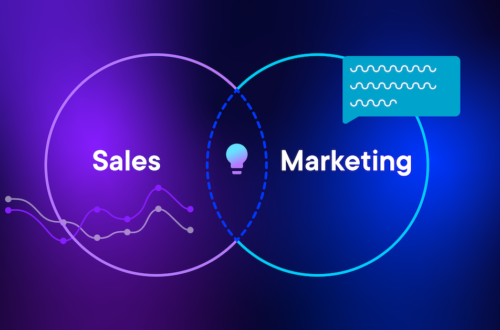
Introduction
- Predictive marketing with AI uses machine learning and data analytics to forecast customer behavior, enabling brands to anticipate needs and personalize interactions before customers act.
- This approach transforms historical and real-time data into actionable predictions about buying intent, churn risk, lifetime value, and the best channels and moments to engage each customer.
- The goal of predictive marketing is to move from reactive campaigns to proactive strategies that increase conversion rates, optimize spend, and deepen customer relationships.
Foundations
- Predictive models rely on diverse data sources such as transaction history, browsing behavior, CRM records, social signals, and contextual data like time, location, and device.
- Feature engineering extracts meaningful signals from raw data—recency, frequency, monetary value, session patterns, and categorical encodings—so models can learn reliable patterns.
- Common algorithms include classification models for churn and intent, regression for value prediction, and sequence models for next-best-action recommendations, often combined into ensemble systems.
How It Works
- The typical workflow starts with data ingestion and cleaning, followed by labeling outcomes, training models, validating performance, and deploying predictions into marketing workflows.
- Real-time scoring evaluates active users and surfaces high-propensity actions, allowing systems to trigger targeted messages, product recommendations, or offers at the optimal moment.
- Closed-loop feedback integrates campaign results back into the models so predictions continuously improve; A/B tests and uplift modeling measure causal impact and refine decision rules.
Benefits
- Predictive marketing increases efficiency by allocating budget to high-value prospects and reducing wasted impressions, improving return on ad spend and campaign ROI.
- Personalization at scale becomes feasible: customers receive relevant offers, content, and timing, which raises engagement metrics, average order value, and long-term retention.
- Predictive insights enable smarter product strategies and inventory planning by forecasting demand spikes, regional preferences, and seasonality, reducing stockouts and overstock.
Challenges and Best Practices
- Data privacy and ethical use are critical: practitioners must anonymize sensitive data, comply with regulations, and avoid biased models that could harm customer trust or regulatory standing.
- Effective deployment requires cross-functional alignment between marketing, data science, and engineering, clear KPIs, and guardrails for human review, interpretability, and rollback procedures.
Conclusion
- When implemented responsibly, predictive marketing with AI shifts businesses from guesswork to evidence-driven outreach, creating more relevant customer experiences and measurable business growth.







